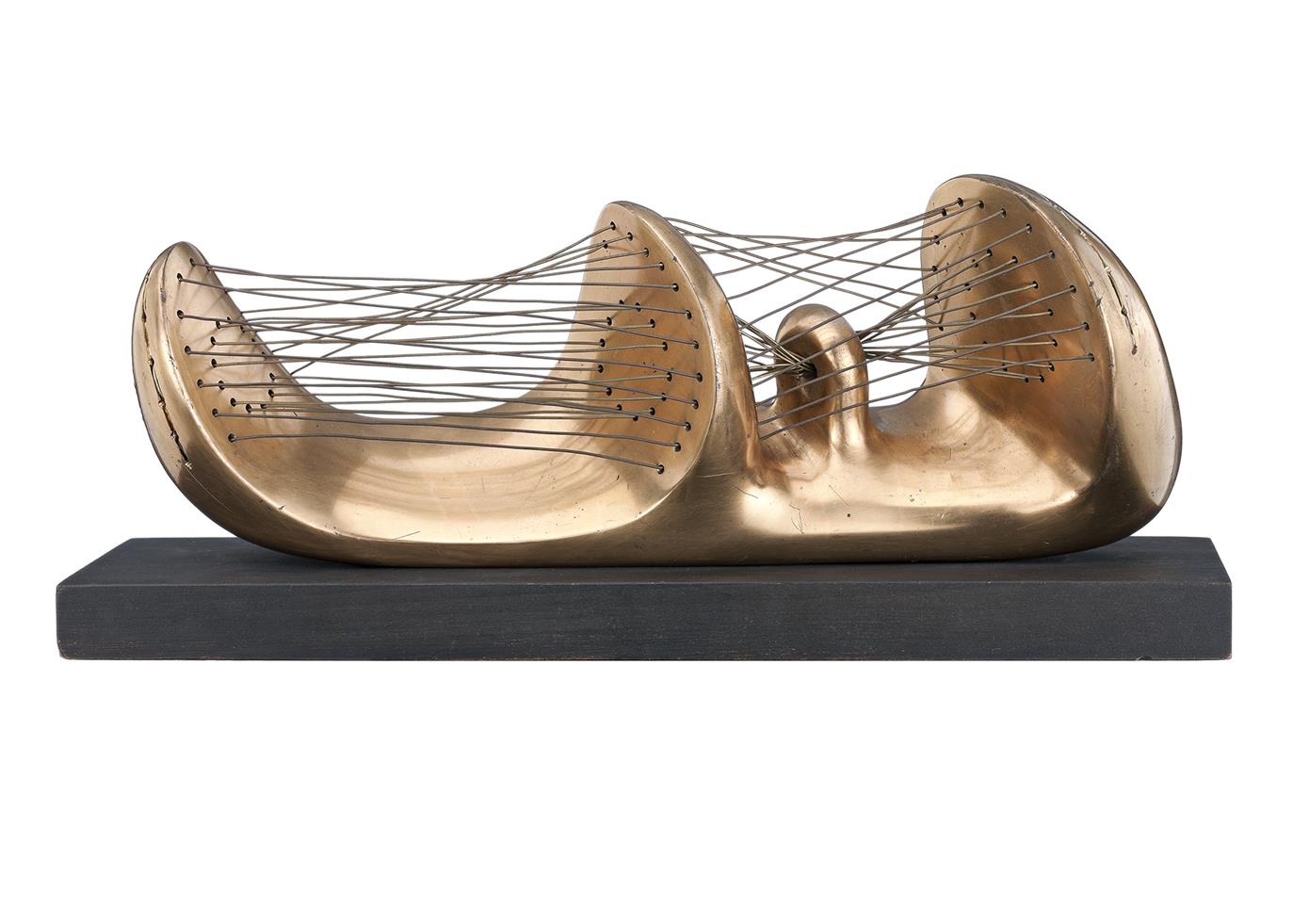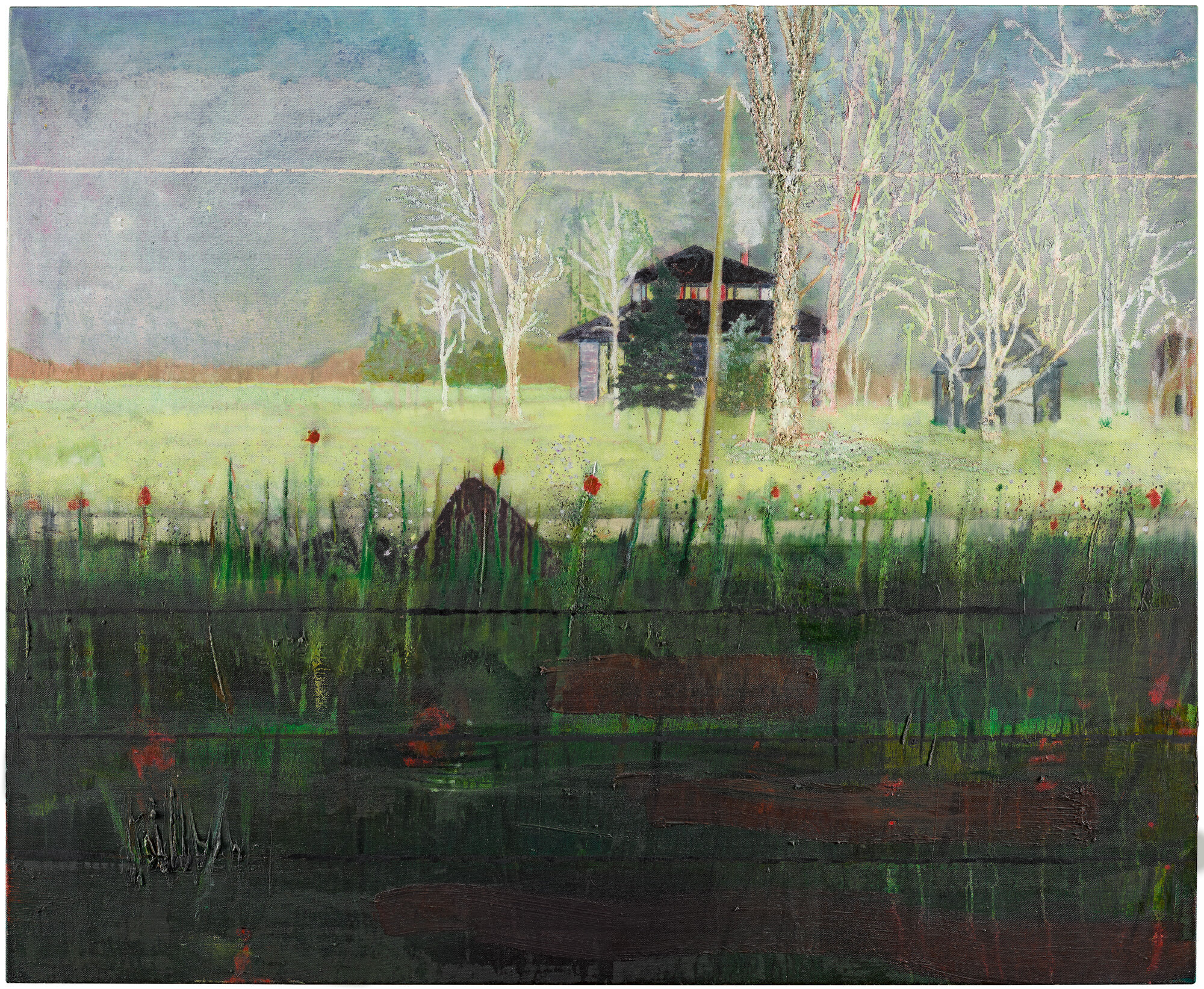After reading several reviews of Hockney’s work, specifically his figurative art, people stated that through his paintings, such as “Sunbather” or “Peter Getting Out Of Nick’s Pool” he was able to represent the negative aspects of the 1960s through these serene scenes. I’m skeptical. I guess my question would be how did Hockney include the bigger picture of this time period and the setting of Los Angeles in all of its complexity through his subject matter and painting technique instead of just depicting idyllic scenes of wealthy, white people enjoying their homes? How was he able to go beyond observation and the love of his new home to capture the deeper issue of these scenes?



.jpg)

.jpg)
 Peter Doig’s “Daytime Astronomy (Grasshopper)”
Peter Doig’s “Daytime Astronomy (Grasshopper)”

.jpg)
.jpg)



